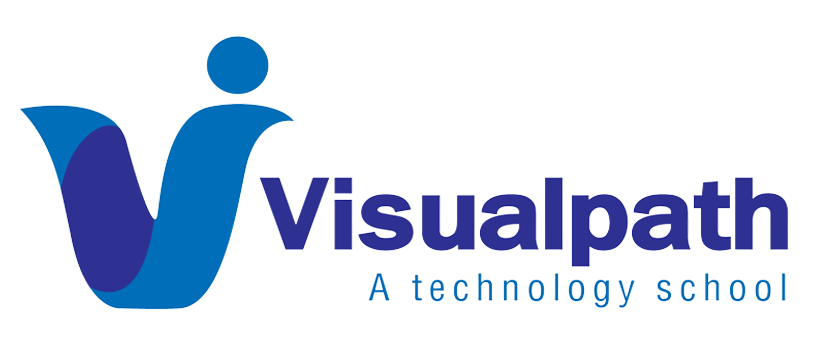Azure Cloud Automation is a service provided by Microsoft Azure that simplifies the management of cloud resources by automating repetitive, manual, and time-consuming tasks. This powerful tool enables businesses to manage their cloud infrastructure more efficiently by reducing errors, improving scalability, and lowering operational costs. By using automation, you can focus more on strategic tasks rather than spending time on routine operations.
Azure Automation provides a platform for running scripts and processes that manage and optimize Azure resources. It supports various automation activities, such as process automation, configuration management, and monitoring. Let’s explore these key functionalities. Terraform Automation in Azure Cloud Training
Key Features of Azure Automation
1. Process Automation
Process Automation in Azure Automation allows users to create, manage, and run scripts (PowerShell or Python) to automate processes. These scripts, known as runbooks, can automate various tasks such as starting or stopping virtual machines, deploying services, updating configurations, and managing resources across Azure environments. Runbooks can be scheduled to run at specific times, triggered by events, or manually executed.
Additionally, Azure Automation integrates with other services like Azure Logic Apps and Event Grid, enabling you to automate complex workflows that span multiple services.
2. Configuration Management
Azure Automation helps maintain consistent configurations across your infrastructure using Desired State Configuration (DSC) and Update Management. Terraform Automation in Azure Online Training
DSC ensures that machines (whether in the cloud or on-premises) remain in a specified desired state. It continuously checks configurations and makes necessary changes to bring systems into compliance.
Update Management helps track updates on Windows and Linux systems and apply patches automatically. This feature reduces the burden of manual patch management and helps ensure compliance with organisational security policies.
3. Shared Capabilities
Azure Automation offers several shared capabilities to enhance automationacross services:
Credential Management: You can securely store and manage credentials in the Automation service, which can be accessed and used in your automation processes without hardcoding sensitive data.
Inventory: Azure Automation collects inventory information about software, services, and system settings from machines in your environment. This can be useful for auditing and compliance purposes.
Change Tracking: You can track changes made to system configurations and software. This feature provides visibility into who made the changes when they occurred, and what impact they had on your systems.
Benefits of Azure Automation
- Efficiency and Productivity: Automation eliminates the need for manual intervention in repetitive tasks, reducing errors and increasing operational efficiency.
- Scalability: As businesses grow, so does the need to manage more resources. Azure Automation scales effortlessly to handle large and complex environments, allowing your cloud infrastructure to grow seamlessly. Terraform Online Training
- Cost Savings: By automating resource management, you can turn off unused resources, optimize performance, and manage cloud spending effectively. This results in significant cost savings over time.
- Consistency: With Azure Automation, you can ensure that your cloud environment is configured consistently across all resources, reducing configuration drift and ensuring compliance with industry standards and security policies.
- Security: Automated patch management and configuration consistency help reduce vulnerabilities, ensuring that your systems are secure and up to date.
Use Cases of Azure Automation
- Automating Virtual Machine Operations: Start or stop virtual machines automatically based on workload or time of day, saving costs during non-business hours.
- Backup and Disaster Recovery: Automate the backup process to ensure business continuity and rapid recovery.
- Automating Security Updates: Automatically apply security patches to keep systems up to date, mitigating vulnerabilities in the infrastructure.
- Compliance Reporting: Automatically track configuration changes and create audit reports to ensure compliance with regulations.
Conclusion:
Azure Cloud Automation is a powerful tool that simplifies the management of cloud resources, ensuring efficiency, consistency, and security across your environment. By automating tasks like resource provisioning, patching, and configuration management, Azure Automation enables organizations to reduce operational overhead, lower costs, and scale their operations seamlessly. Whether you’re managing a few virtual machines or a vast, complex infrastructure, Azure Automation is an essential service to consider for optimizing your cloud journey. Terraform Automation Online Training
Visualpath is the Best Software Online Training Institute in Hyderabad. Avail complete Terraform Automation in Azure Online Training worldwide. You will get the best course at an affordable cost.
Attend Free Demo
Call on – +91-9989971070
WhatsApp: https://www.whatsapp.com/catalog/919989971070
Visit https://www.visualpath.in/terraform-online-training-in-hyderabad.html




